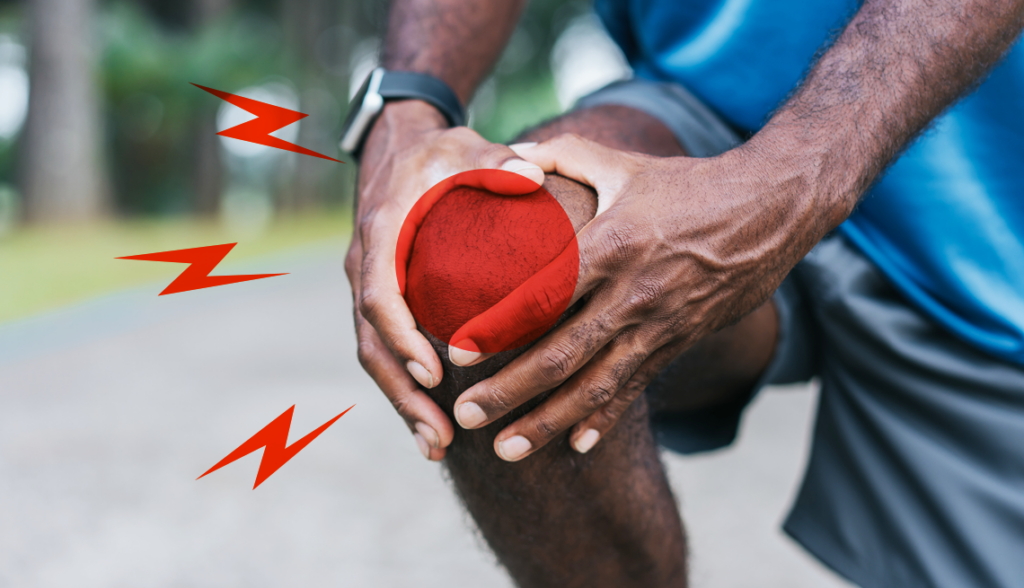
As you may be painfully aware, knee pain is very common. Global estimates suggest that more than 1 in 5 adults age 40 and over experience this type of joint problem, and knee pain in men and women in the United States increases steadily after age 60.
Persistent aching, swelling and tenderness in the knee joint don’t mean that you need knee replacement right away; you can do many things on your own to help ease knee discomfort.
Self-care is important for managing knee pain, says Leigh F. Callahan, associate director of the Thurston Arthritis Research Center at the University of North Carolina.
Here are some of the best home-based ways to help your knees feel and function better.
1. Aim for light activity, easy exercise
Haven’t been moving much recently? You can get big benefits from doing light-intensity activities such as gardening, walking and housework. A study published in the American Journal of Preventive Medicine found that light activity may reduce the risk of physical limitations in people who are sedentary. The authors concluded that when moderate to vigorous physical activity is not an option, trying light activity may be better than no activity at all.
“Joint pain is a kind of a move-it-or-lose-it phenomenon,” says Alexander K. Meininger, M.D., a board-certified orthopedic surgeon and a member of the medical staff at University of Colorado Health Yampa Valley Medical Center. “Motion is the lotion … exercise is an important tool to help patients feel better and functionally get better.”
Callahan suggests people with knee problems try the Arthritis Foundation’s program Walk With Ease, which she helped create. Designed for people who are not currently physically active, the program is backed by the Centers for Disease Control and Prevention and is effective in increasing balance, reducing pain, and improving flexibility and overall health.
2. Try to lose a little, not a lot, of weight
Extra body weight certainly stresses the knee joints, but you don’t need to shed very many pounds to reduce their burden. Losing one pound equals four fewer pounds of pressure on a knee joint, Callahan notes.
In other words, a little bit of weight loss can make a big difference in how you feel. You don’t need to lose 20 pounds or become model-thin to be successful, says Callahan, stressing that “the important message is that a little bit can help a lot.” Do not be discouraged, she says.
To read about additional home remedies for knee pain, from AARP, CLICK HERE.



